Myths About Lab Grown Diamonds
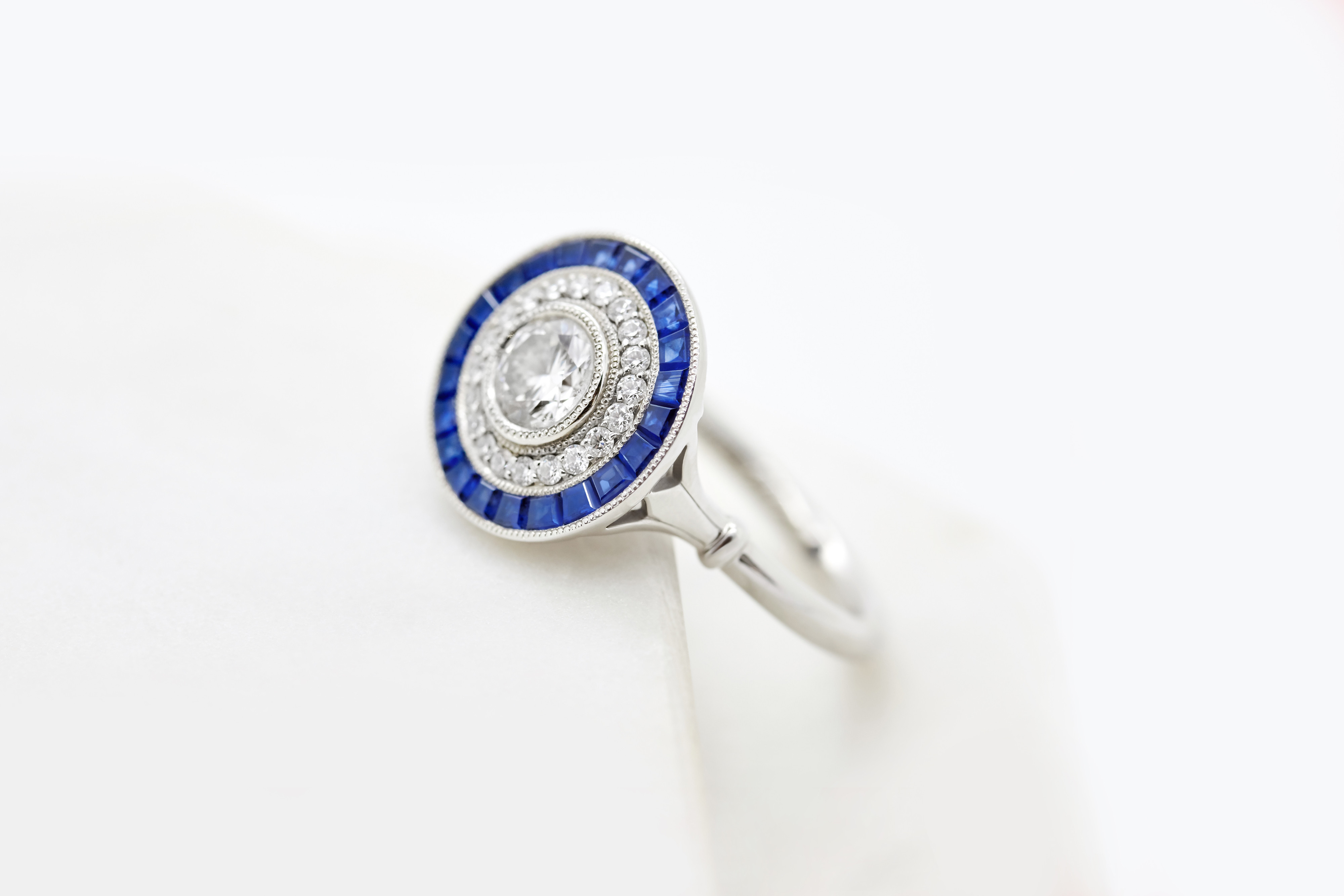
The jewellery industry has been experiencing major changes in the past few years and none quite so large as the spike in popularity of lab-grown diamonds. Jewellery shoppers and couples looking for an engagement ring are part of a generation that has lived all their life with an eco-friendly mindset and are thus much more conscious of what’s sustainable and what’s not when it comes to jewellery. But many remain unfamiliar with diamonds produced in a lab, so we’re here to bust some myths about these precious gemstones in order to help everyone make a purchase that matches both their ethics and aesthetics.
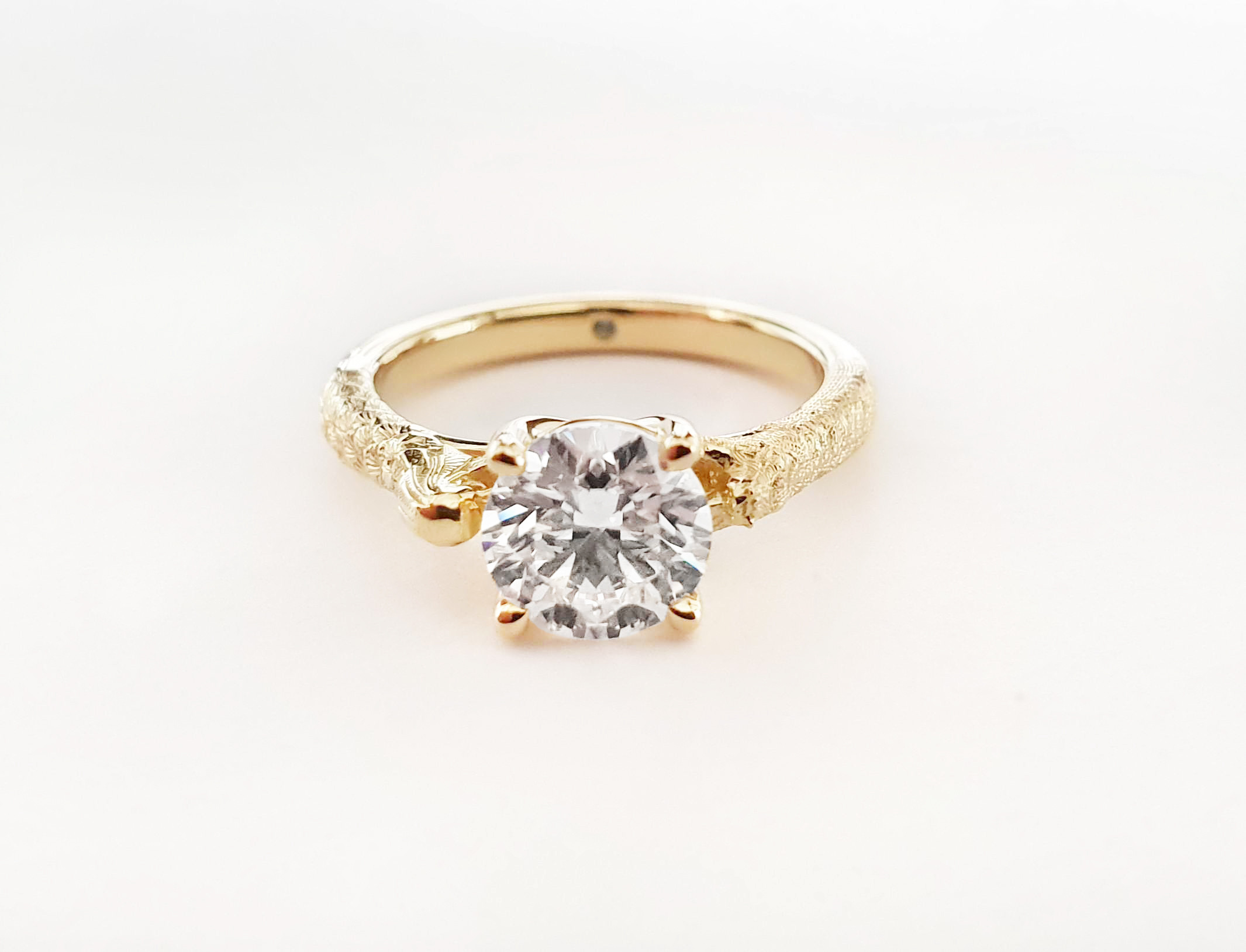
It’s not a real diamond
False. Just like naturally occurring diamonds, engineered diamonds are made from carbon and have an identical crystal structure to their mined counterparts. Physically, they are identical to mined diamonds and should not be confused with a ‘diamond simulant’. Both organic and lab diamonds have inclusions (imperfections invisible to the untrained eye) but those found in a lab diamond are caused by the molten metal solution it’s created in.
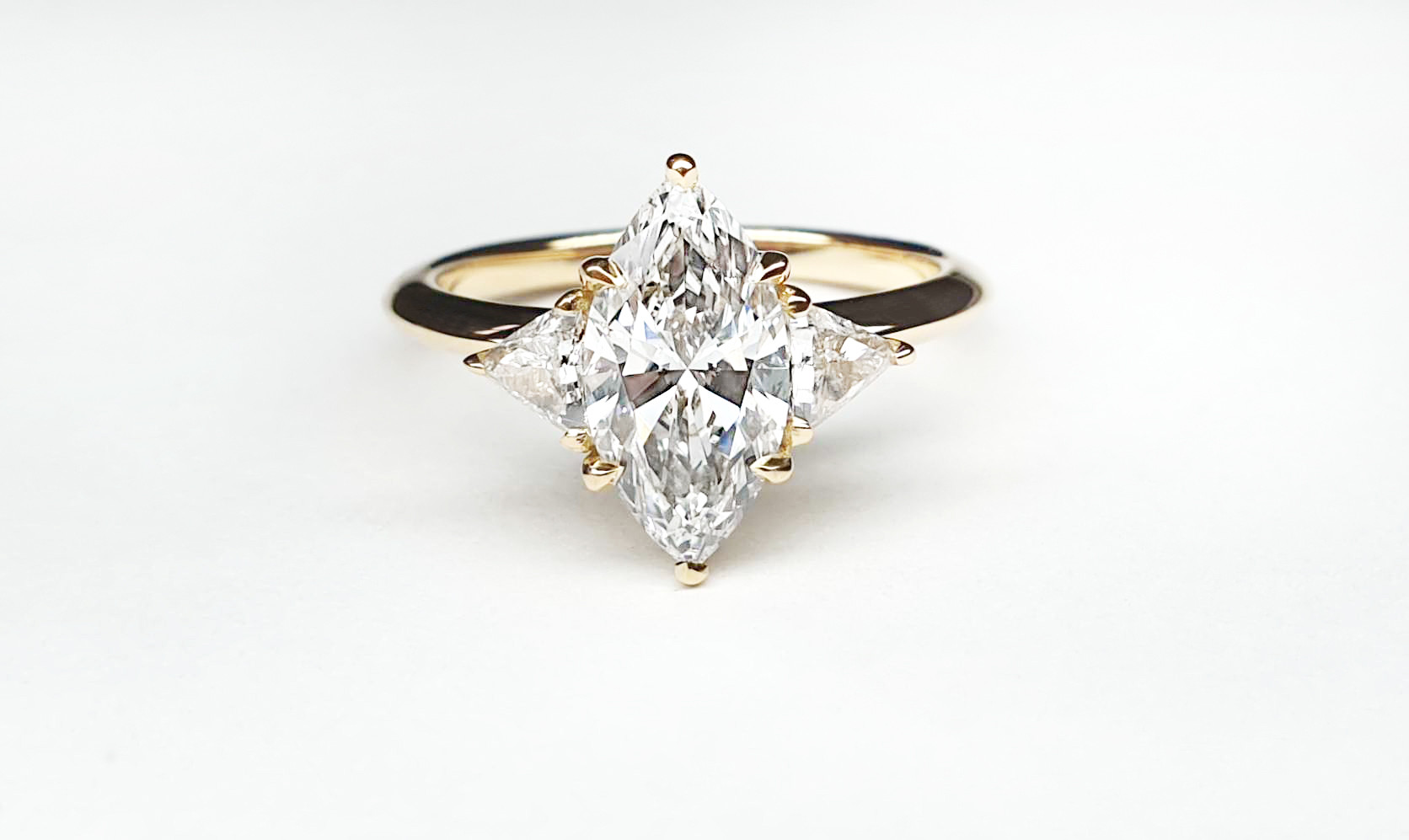
It’s more sustainable
Arguable. A lot of couples start their engagement ring journey with the misconception that lab diamonds are 100% eco-friendly because they don’t require being mined from the earth. However, both earth-mined diamonds and lab-grown diamonds require resources that produce carbon emissions. While some laboratories use renewable energy to produce their diamonds, there are also labs that use a very large amount of energy to produce a small yield of diamonds. This means that lab-grown diamonds can be harmful to the environment, just in a different way to mined diamonds. An engineered diamond produced with solar energy is always the best and most sustainable option.
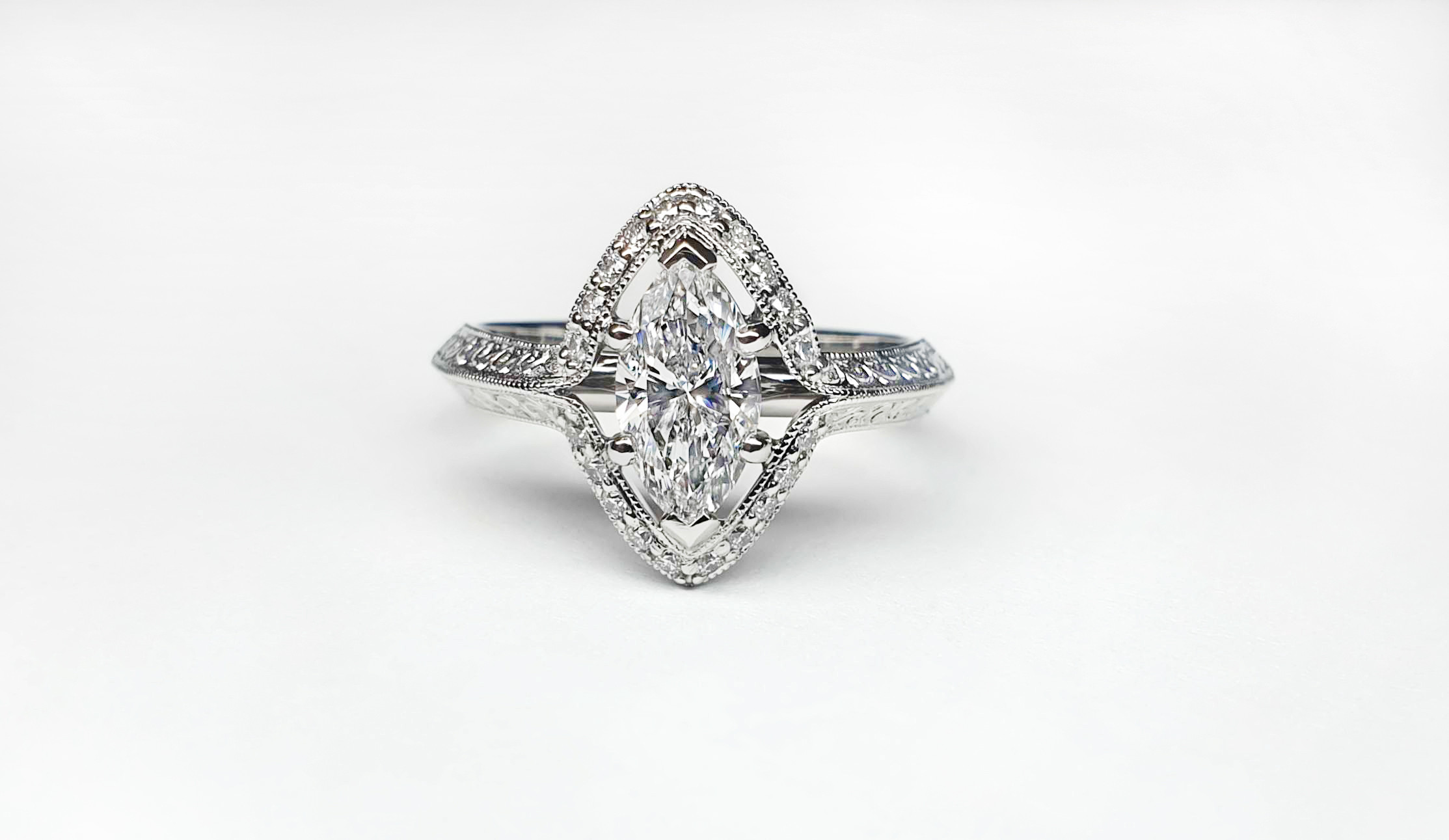
It’s more affordable
True. The greatest benefit of a lab-grown diamond is that they’re more affordable–often 30-40% cheaper than an equivalent earth-grown diamond. This will take your budget further and presents an opportunity for customers to get a larger diamond at a lower price point.
While the price is better, it’s also important to note that the range of lab-grown diamond options are more limited. Being a relatively new process, synthetic diamonds are not as readily available as earth-mined, meaning you’ll have fewer options to choose from. Lab-grown diamonds are a really wonderful way to take your budget a bit further, but we suggest you do not consider the lab-grown diamond to be valuable in the same way as an earth-mined one.
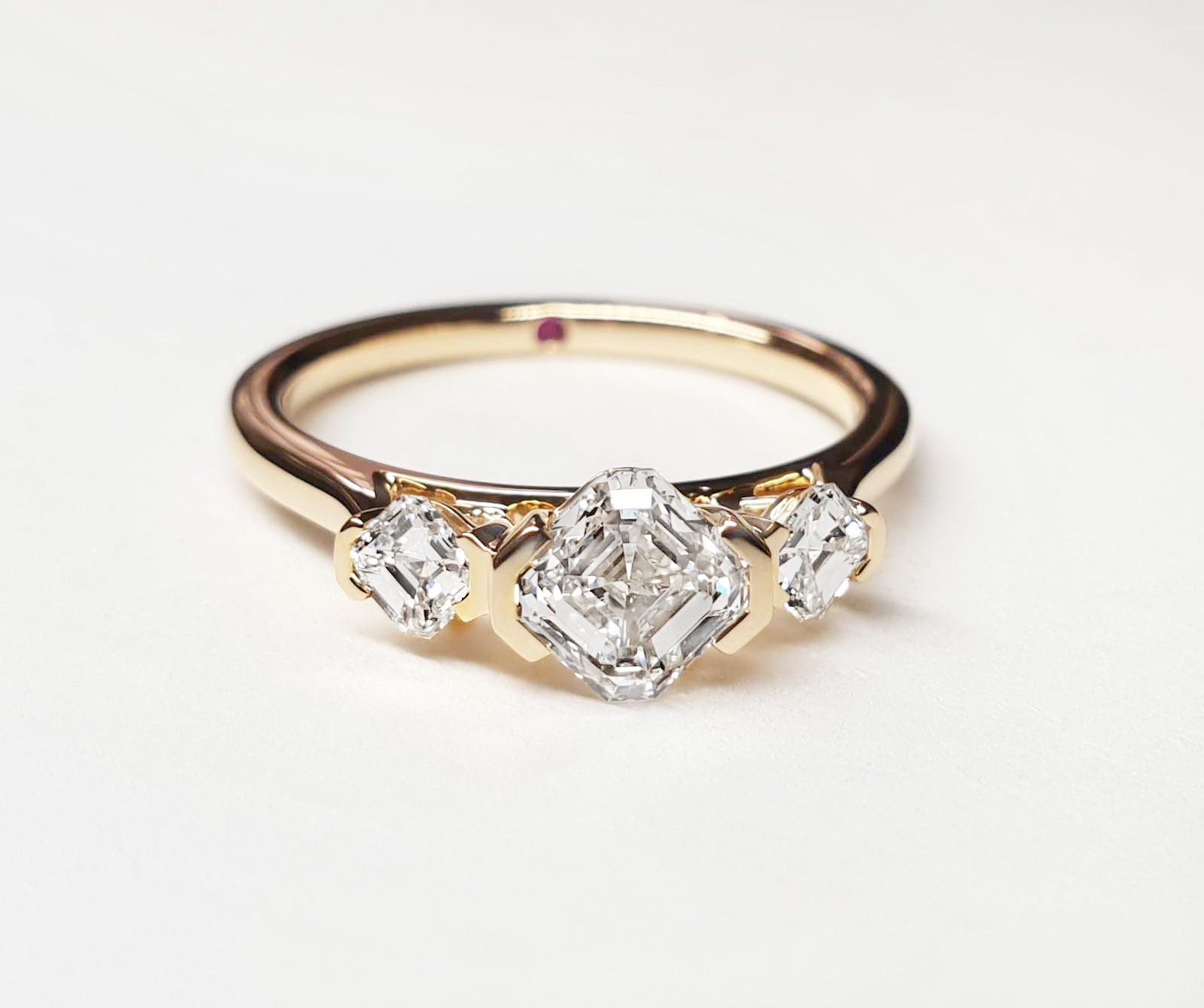
It’s damaging the diamond mining industry
False. It is true that some companies present synthetic diamonds as mined and make huge profit because they’re selling it at the cost of a mined diamond while only paying the small cost of producing the lab-created stone. There is a lot to be done in the industry in terms of honesty and transparency. Nevertheless, earth-mined diamonds contribute to important economies within the countries that make up the supply chain. The diamond mining industry supports many communities who depend on the trade to earn a living. It’s all about balancing out the pros and cons of each method.

In summary, diamonds that are lab created are a superb alternative to their mined counterparts, offering an identical aesthetic and molecular structure. It’s best for the customer to be aware of the misconceptions surrounding both in order to make a well-informed decision. As always, it’s up to the individual to discover the best option for their jewellery.